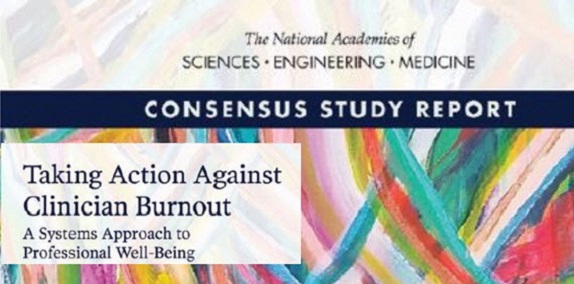The changing landscape of the U.S. health care system – how care is provided, documented, and reimbursed – has had profound effects on clinical practice and the experiences of the professionals who provide patient care (“clinicians”), students and trainees in the clinical learning environment (“learners”), and patients and their families. Mounting system pressures have contributed to an imbalance in which the demands of the clinician’s job are greater than the resources available to complete the job effectively.
This job demand–job resource imbalance is intensified by the increasing push for performance improvement, technology that hinders rather than supports patient care, changing professional and societal expectations, and policies that are insufficiently aligned with professional values or the goal of better patient care. Adding to these health system pressures is an explosive increase in medical data and a growing demand for health care as the U.S. population ages and many disciplines experience workforce shortages. Overwhelming job demands and insufficient job resources cause physical, psychological, and emotional stress, including burnout – a workplace syndrome that is characterized by high emotional exhaustion, high depersonalization (i.e., cynicism), and a low sense of personal accomplishment from work.
Studies estimate that between 35 percent and 54 percent of U.S. nurses and physicians have substantial symptoms of burnout, and the range for medical students and residents is between 45 percent and 60
percent.

